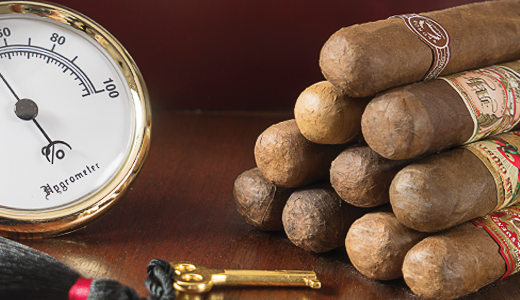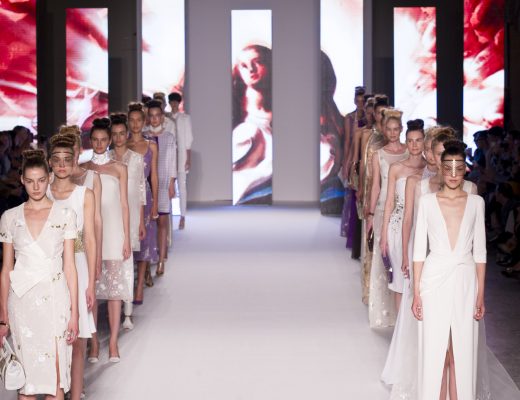Let’s talk revision rhinoplasty – in case you don’t know what this is, it’s basically a medical term that says “fixing a messed up nose job.” With nose jobs being in such high demand, sure enough, some bad ones are bound to happen. For those requesting revision rhinoplasty, or doctors prescribing it to their patients, they are seeking to help:
- A specific problem created by the primary operation
- Persistent issues
- Problems not addressed in the first operation
Sometimes, revision rhinoplasty is done for far more serious issues, as you’ll find later on in this article.
Why People Get Revision Rhinoplasty
All nasal issues – both functional and cosmetic – are best addressed during the initial nose job. However, going for a secondary or follow up surgery becomes inevitable, sometimes.
There may be an unanticipated healing problem. The issue may be due to an incomplete surgical procedure that was not handled properly during the first surgery or the reason may be beyond this information.
As said by Dr. Marcelo Ghersi, a Miami rhinoplasty specialist, many choose a revision nose job because of the less-than-satisfactory results from the first one. Most surgeons who fix these botched nose jobs have all the knowledge, experience and skills needed to treat complex revisions and can address a wide range of patient concerns. The patient’s previous records and photos, medical and operative, may be helpful to focus on the issue at hand.
What Revision Rhinoplasty Addresses
Some of the most common issues addressed during a revision or secondary rhinoplasty include, but not limited to:
- Obstruction in the nasal airway making it difficult to breathe through the nose
- Cartilage collapse or collapse of nasal bones because of a faulty initial nose job or other reasons
- The results are not according to one’s expectations
- The collapse of the internal or external nasal valve
- Asymmetry in the overall appearance
- Not enough cosmetic change
- Scarring on the internal and/or external surface
- Narrowed nasal tip or pinched tip appearance
Around 10 to 15 percent of patients who have undergone initial rhinoplasty may require nasal reshaping surgeries at a later date. A person who had this procedure previously might desire the surgery again because they have had difficulty breathing, or the healing process may have not gone smoothly as expected. The initial surgery may have resulted in an anatomical complication or the patient is simply dissatisfied with the results.
What Does Revision Rhinoplasty Do?
The primary purpose of a nose job revision is to correct one or more of the above issues as previously mentioned. The sooner someone with these issues receives the right direction and treatment, the more effective it can be. However, it is important to remember that the tip of the nose is a combination of soft tissue and cartilage, which will require enough time to heal and change in shape.
Sometimes, it may take several months or even years to see the end results. Today’s technology and techniques used by surgeons can minimize errors to a considerable level and bring in the desired result without complications. The equipment and methods used can lower the chances of side effects or symptoms recurring. Once the issues are addressed appropriately and in a timely manner, the patient can benefit more fully from aftercare.
For some people, secondary or revision rhinoplasty seems miraculous, reducing the issues or permanently eliminating them. This procedure usually has had a major impact on improving their symptoms: overall functioning of the nose and self-confidence. Your treating surgeon will determine what type of surgery is right for your situation, whether you are better off with the closed approach of rhinoplasty or open approach.
In a closed rhinoplasty, minor contour corrections are made. Open rhinoplasty is used where major structural changes are required. Sometimes, cartilage grafts may be needed to accomplish the intended results. The surgeon will help with the right choice in all cases and issues. They may explain why one approach or technique is more suitable for your situation than another. The patient’s individual physiology, level of functioning of the nose, its appearance and how long the issues have been there without treatment or correction, may all be related to what type of rhinoplasty is administered and how much he or she will benefit from it.
Side Effects
Revision rhinoplasty can be effective in treating a wide range of side effects because of improper primary surgery or imbalances. This procedure, as mentioned before, can also prevent recurrence of symptoms or issues in most cases. It can be highly effective for people who have been otherwise depressed or facing mood disorders due to a nose job. When people with such disorders or low self-esteem find the right treatment for their nose, their symptoms will usually disappear or reduce greatly, allowing them to live a productive and enjoyable life.
Most patients with an initial faulty operation can gain considerable relief and cure when they undergo revision rhinoplasty. More and more effective treatment and procedures are being developed in this field all the time. And much research and technology are underway for new and more effective techniques.




